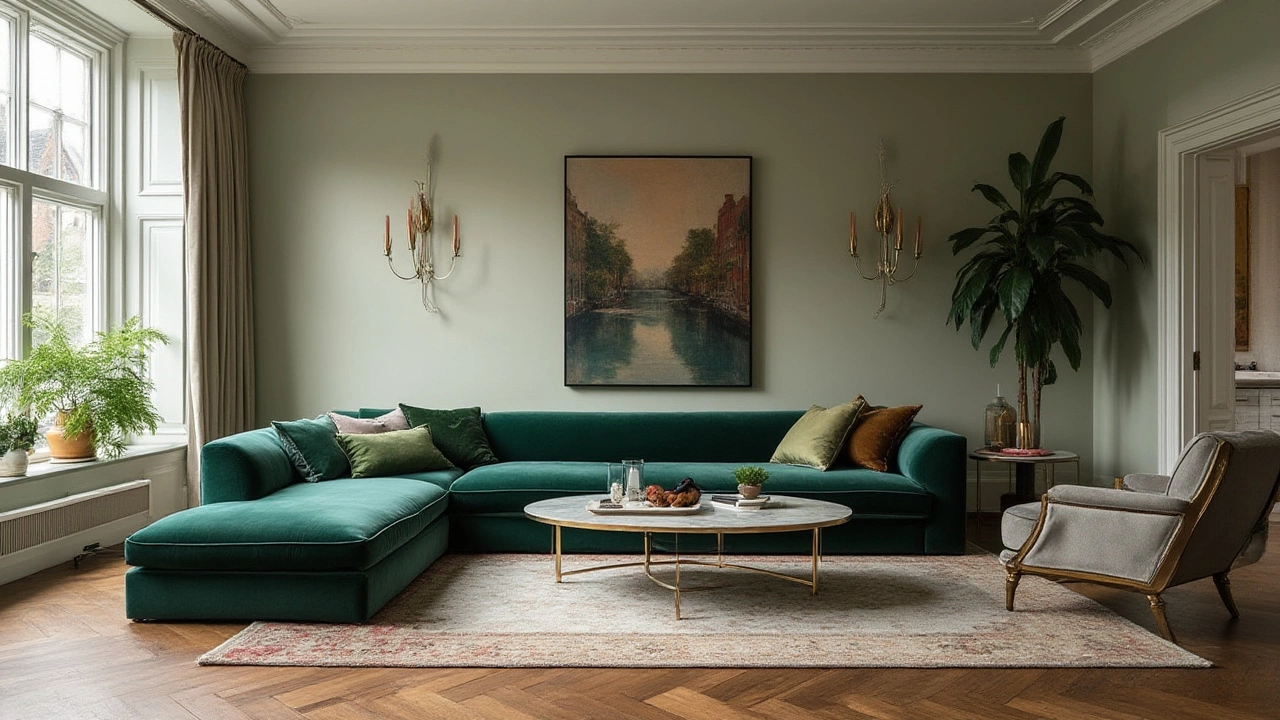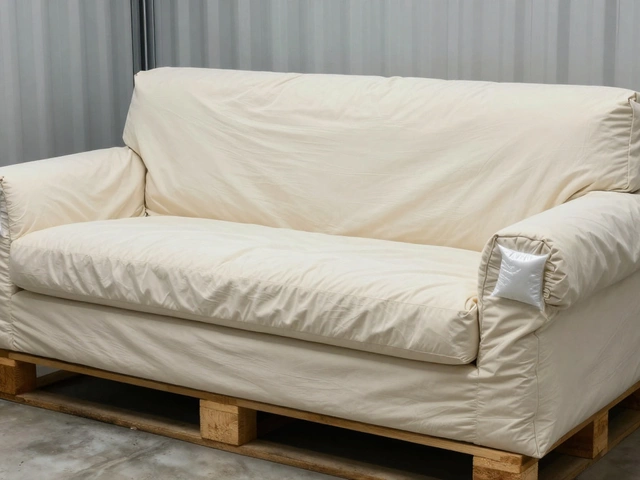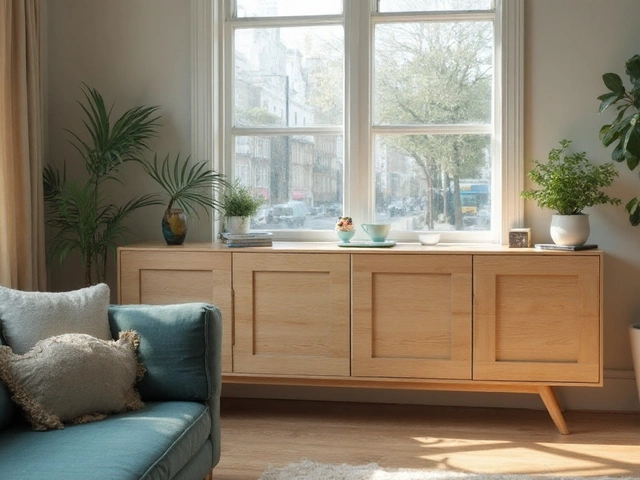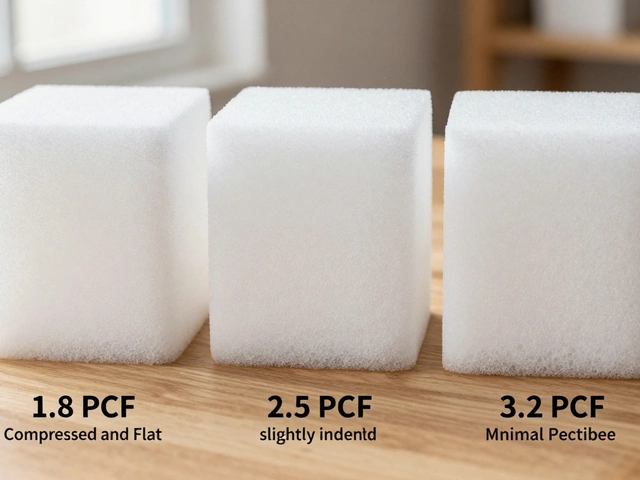Ever noticed how some living rooms scream elegance while others just feel flat? Turns out, it’s not always about spending big bucks. Sometimes, it’s all about picking the right colour. Want to make your space look like it belongs in a magazine, without emptying your bank account? Stay with me—because the secret sauce lies in shades, tones, and a few pro tricks most folks never hear about.
The Psychology of Colour and Perceived Value
Colour messes with our brains more than we think. The right shade doesn’t just set the mood—it tricks our minds into believing something’s worth more than it actually is. Go to any high-end hotel or luxury penthouse, and you’ll see a lot of dark, saturated, or neutral tones ruling the scene. Ever wondered why? It’s no accident. Darker hues—think rich navy, charcoal, emerald green, deep burgundy—give off power and permanence. There’s something about dark furniture that whispers, “I was chosen, not just bought.”
Whites and creams are another secret weapon. Sounds basic, right? But a creamy off-white sofa in plush velvet or finely grained leather feels fancier than a neon armchair ever could. Pair them with metallic accents and suddenly your living room looks ready for a home magazine shoot.
It’s not just opinion—studies back this up. A survey by the Global Color Research Project found that expensive furniture colors like navy, sand, charcoal, and deep green scored 40% higher on perceived value than bright or trendy tones. These colors are safe bets for a luxe vibe. But here’s the kicker: the finish also matters as much as the color. Matte or satin finishes tend to look pricier than glossy ones, which can sometimes scream budget. Don’t let the paint trick you.
Classic Colours That Always Look Pricier
Some colours look expensive, period. They’ve lasted through trends, survived the 70s avocados, the 90s peaches, and whatever trend TikTok is hurling at us today. Top contenders? Deep blues, almost-black greens, classic black, and chocolate brown. Want a quick cheat sheet? Here you go:
- Deep Navy: Works perfectly for sofas and accent chairs. It’s timeless, pairs with metallics, and hides stains like a champ.
- Charcoal Gray: Sleek and adaptable. It looks urban, clean, and, weirdly enough, comforting.
- Rich Emerald or Forest Green: Feels plush, sophisticated, and a little daring. Pair with brass or wood accents to dial up the sophistication.
- Black: Ultimate expression of formality and drama. In leather or matte wood, you can’t go wrong.
- Creamy White or Pearl: Feels high-end, especially on textured or curved pieces. But yea, it’s riskier with pets or kids.
Check out this quick table—these colours consistently top high-end catalogues and luxury hotels:
| Colour | Perceived Luxury (1-10) | Best Matches |
|---|---|---|
| Navy | 9 | Gold, Walnut, Marble |
| Emerald Green | 8 | Brass, Ebony Wood |
| Charcoal | 9 | Steel, White, Oak |
| Black | 10 | Copper, Glass, Leather |
| Cream | 8 | Aged Brass, Stone |
| Chocolate Brown | 7 | Linen, Bronze, Dark Wood |
So, what’s the one to avoid? Overly bright, neon, or pastel furniture often looks cheap unless you’re going for a Young Modern or retro-studio vibe. These shades age out quickly, both in style and actual durability—faded pastel pinks and oranges just can’t compete with navy or charcoal when it comes to holding up that “expensive” look.
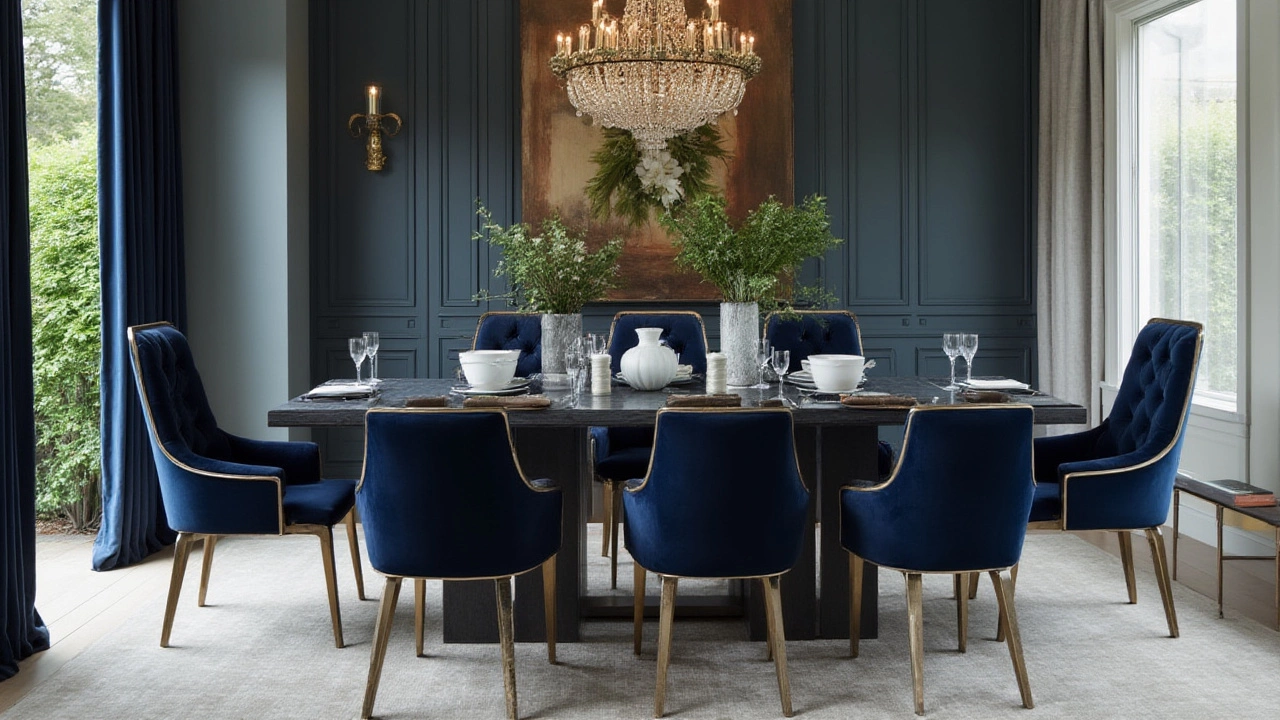
Finishes, Materials, and How Colour Interacts With Them
Here’s where things get interesting: the same colour looks totally different across fabrics and finishes. Let’s say you fall in love with an emerald green. In velvet, it oozes luxury. In budget faux suede, not so much. So, before you buy, consider how the colour works with the texture.
Glossy finishes can cheapen even the fanciest shade, especially with wood or plastics. Matte finishes, especially in black or navy, up the ante. Next, think about metal. Gold and brass look sharp with navy, emerald, and black—while chrome and nickel pair best with gray, cream, or charcoal. Don’t underestimate wood stains, either: natural oak adds warmth, while walnut and ebony read as sophisticated.
Let’s look at fabric choices, for a second. Velvet, wool blends, and linen in those deep shades elevate a space more than basic polyester ever could. Leather (real or the good fake), when paired with charcoal, chocolate, or cream, is an instant ticket to “rich guy’s study” vibes.
Be strategic about which furniture you emphasize. A single, boldly-coloured sofa can anchor a room, making even the simplest space feel styled by a pro. On the other hand, tossing too many dark shades in a small space can make things gloomy. It’s all about balance. Use bright throws, light walls, and metallic or mirrored surfaces to keep things sharp instead of stuffy.
Pay attention to the practical stuff, too. Some finishes hide stains, some don’t. A high-end look isn’t much good if it’s always covered by a blanket because you fear spills. That’s why charcoals, navies, and deep greens are so popular: they look luxe, and they hide yesterday’s coffee stain.
Tips and Tricks to Upgrade a Space Without Breaking the Bank
Nobody wants to buy an entire new living room just because their space feels a little blah. Fortunately, you don’t need to. Swapping out a couple of pieces could be all it takes—especially if you lean into those expensive-looking colours. Try these pro-level tweaks:
- Add a navy or charcoal slipcover to an old sofa—instant mood change, minimal cost.
- Swap dated handles on drawers and cabinets for brass or matte-black versions. Suddenly, even IKEA pieces look bespoke.
- Toss in a couple of deep-hued velvet cushions—emerald and oxblood are the sweet spot. Texture plus colour = expensive.
- If you’re painting wood, go for matte finishes. High-gloss black often looks plastic, while matte black feels like something out of a luxury hotel.
- Layer the look. Pair deep sofa colours with a creamy rug or light coffee table—a mix of dark and light reads as high effort, even if it’s not.
Got a small budget? Focus on one stunning focal point in the room—a velvet navy armchair, a chunky charcoal ottoman, or a rich green statement lamp. One luxe piece in the right colour can set the tone for the whole space without major spend.
Don’t forget light. Even the best colour will fall flat under harsh ceiling lights. Warm white and dimmable lamps make deep-coloured furniture look richer and more inviting.
Finally, stay off the “trendy” colour carousel. Today’s hot coral is tomorrow’s clearance aisle. Stick with those classic deep shades and neutrals for furniture that always feels a step above.
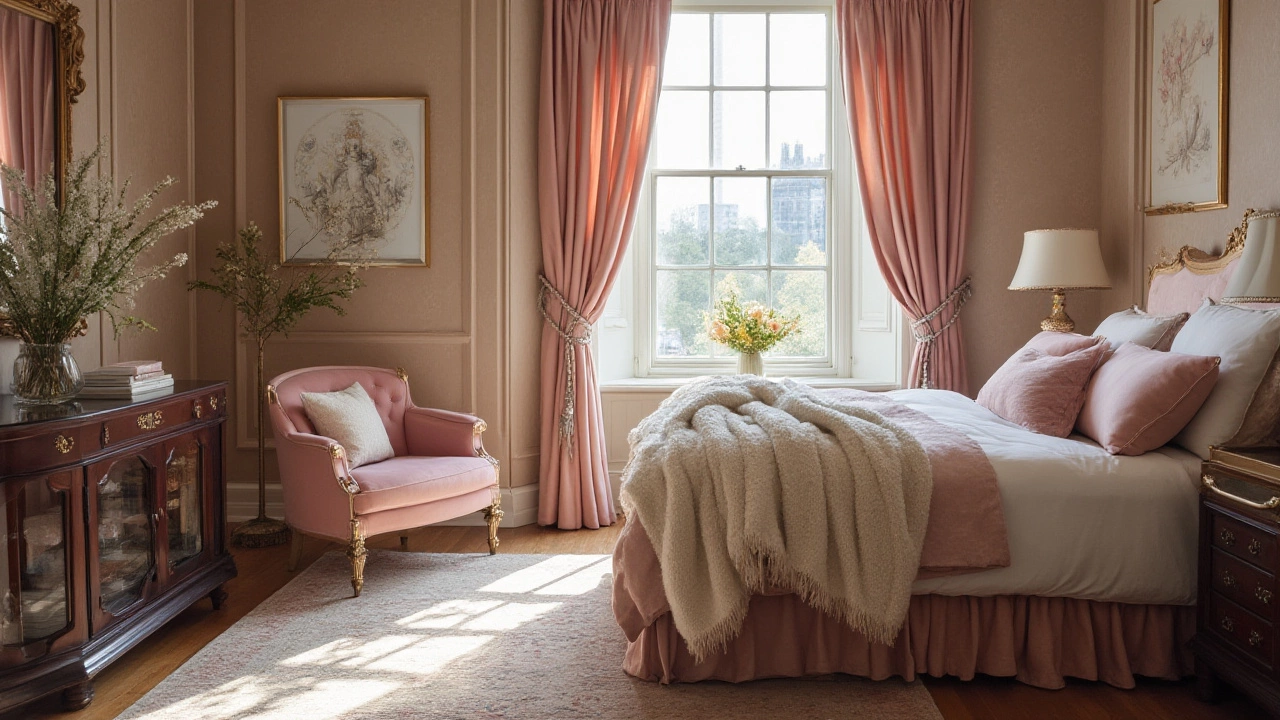
Real-Life Inspiration: How Designers Use Colour for the Luxe Look
Take a peek inside professionally styled homes, celebrity pads, or even a fancy Vancouver townhouse (and trust me, I’ve peeped a few). You’ll spot the same colour patterns over and over. High-end designers love repetition, balance, and contrast. They don’t load a room with a single colour. Instead, you’ll notice a navy sofa with tan leather chairs, or creamy boucle accented with matte black. It’s about picking key colours and letting them sing.
Some designers use the “60-30-10” rule: 60% dominant colour (walls, biggest piece), 30% secondary colour (smaller sofas, chairs), and 10% accent (pillows, vases, throws). Here’s the trick—your dominant colour doesn’t have to be basic. A deep navy wall, paired with a cream sofa and brass details, feels grand but also super inviting.
Canadian pros love grounding a space with warm woods and deep shades. Even in contemporary settings, you’ll find dark or jewel-toned pieces popping against pale floors and neutral rugs. It’s a style that works especially well up here in Vancouver, where light shifts constantly, and moody weather is a regular feature.
Got an odd-shaped room? Use darker furniture along the longest wall to create depth. Want to fake a bigger space? Stick with light furniture hues and use one or two rich accent pieces so you get that contrast and fancy feel, without making things claustrophobic.
Bottom line: you don’t need to spend like a billionaire. Thoughtful colour choices, smart textures, and clever mixing—these are what make any space look expensive, no trust fund required. The next time you shop for furniture, pay more attention to colour than price tag. You might be shocked at how pricey your room can look, even on a tight budget.
